
Chevy II/Nova RPO Code Breakdown
From 1962 through 1972, the Chevy II and Nova evolved from a lightweight compact into one of Chevrolet’s most versatile and collectible muscle platforms. Whether
Batteries are an integral part of our daily lives, whether they power our remote controls, wristwatches, automobiles, or even RVs. Nowadays, most of us don’t pay much attention to a battery’s voltage. However, it’s important to note that, with rare exceptions, most vehicles like cars, RVs, and boats rely on a 12-volt electrical system. This means that, under a typical load, the battery generates around 12 volts, as indicated by the symbol 12V.
Why do cars use 12-volt batteries? It’s a question that may puzzle some, especially considering that batteries are more commonly encountered in our daily lives than many other automotive components. People often assume that all vehicle batteries are interchangeable and universal, but this is far from the truth. It’s crucial to ensure that your vehicle has the correct battery, and understanding why cars use a 12-volt DC battery is key.
To answer this question, we’ll break it down into two parts: Why do cars use DC power, and why is the nominal voltage of the battery 12V? The first part is relatively straightforward. Automotive batteries provide direct current (DC) power, which is more practical for vehicles. Unlike alternating current (AC), which requires a converter, DC power can be used directly in vehicles.
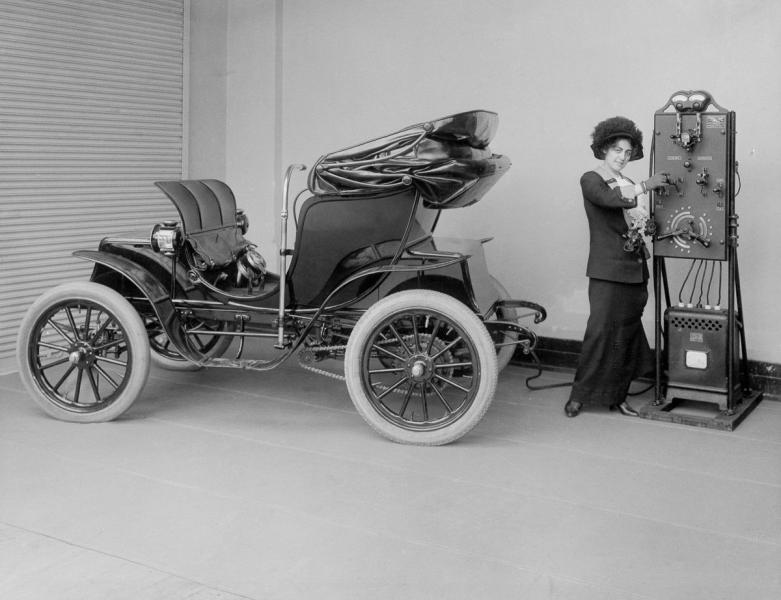
The second part of the question is somewhat more complex. The use of a 12V battery in cars is a result of battery chemistry and conventions. While higher-voltage batteries have advantages such as cost-effective wiring, reduced voltage dips, decreased battery stress, and extended component life, they also pose safety concerns. High-voltage batteries, when combined with a car’s low power demand, could create safety risks, making them unsuitable for regular vehicles.
Convention plays a significant role in this choice. The automotive industry has been using 12-volt batteries as the standard for decades, and there hasn’t been a compelling reason to change this convention. The infrastructure surrounding the 12V standard, including chargers, accessories, and electrical components, is extensive.
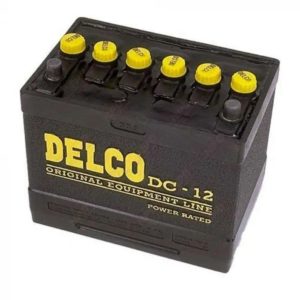
In recent years, hybrid electric cars have introduced 48-volt systems for the drivetrain, while 12 volts remain the standard for other vehicles. As the world focuses on reducing energy consumption, the trend is leaning towards lower voltages. Therefore, it’s unlikely that the use of 12V batteries in vehicles will change significantly in the near future.
So, when you pop the hood of your new 2017 car (not a hybrid or electric vehicle) and see a 12-volt lead-acid battery, you’ll understand why it’s there. This battery can power your starter motor even in freezing temperatures, making sure your car starts reliably.
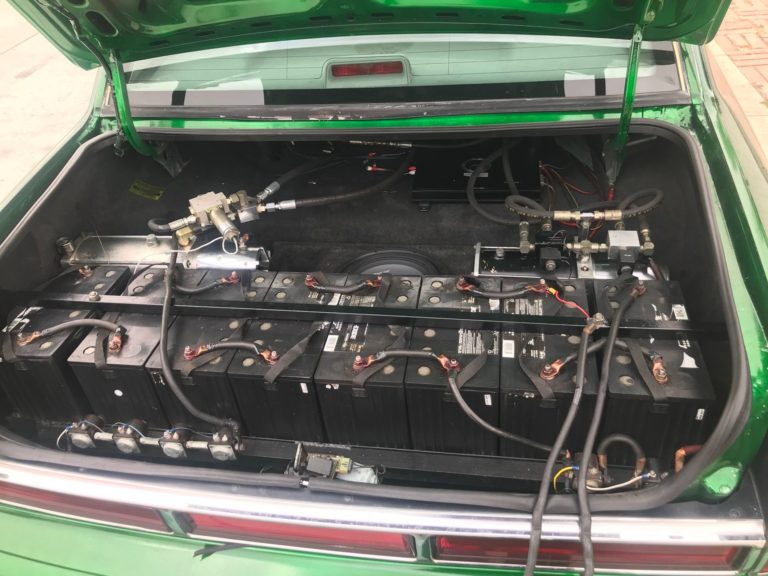
Now, let’s turn our attention to boats. Marine batteries are a vital component of boating, supplying power to various electronics and systems on board. Marine batteries come in various sizes and types, and their quality can significantly impact a boat’s performance.
While some may wonder if they can use a car battery in their boat, the truth is that there’s a significant difference between car and marine batteries. Marine batteries are specifically designed to withstand the unique challenges of boating. For example, they have raised plates to prevent short circuits when the boat and battery bounce on the water.
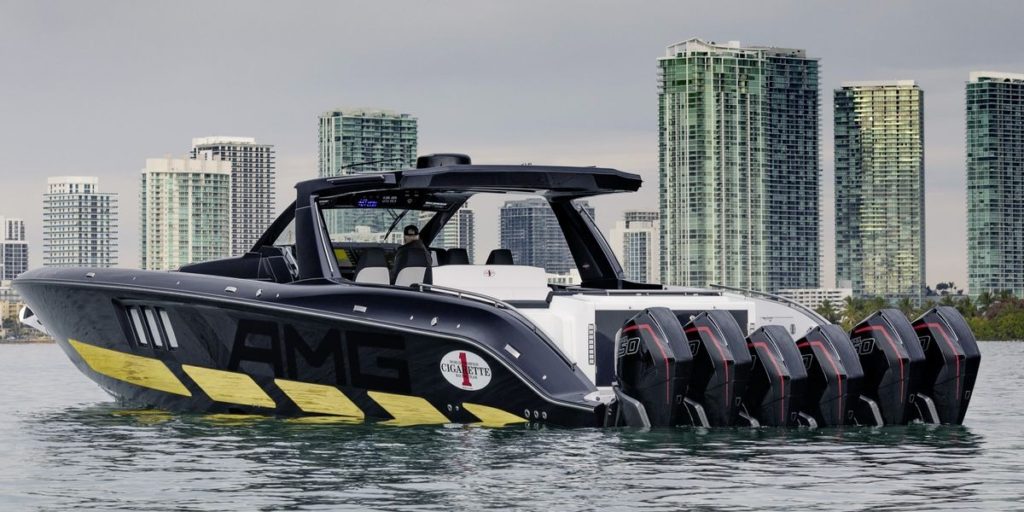
Additionally, marine batteries use a bonding process to secure internal components, preventing them from shifting during the boat’s movement. Using a car battery in a boat may lead to frequent failures, which can be problematic when you’re out on the water.
Most boats under 50 feet in length use 12-volt batteries, and many boaters may not fully understand how their batteries and charging systems work. Boats typically operate on a voltage of 12 volts, with batteries rated at 12.6 volts. This voltage range is suitable for powering the boat’s loads and charging devices.
However, as boats grow larger, especially in the 50-60 foot range, they require more power and longer wire runs. This can lead to voltage drop issues, which can affect the efficiency of electrical devices on board. Voltage drop occurs due to the electrical resistance in the circuit’s wires, connections, and conductors, causing a reduction in voltage.

While voltage drop can be managed and minimized in well-designed boats, it becomes more challenging with larger vessels. So why not use 24V systems? The primary reason is the availability of devices designed for 12-volt systems, especially in critical areas like pumps, electronics, inverters, and chargers.
Moreover, a single 12-volt battery is sufficient for a 12V system, whereas a 24V system requires two 12V batteries connected in series, adding weight and complexity to the battery bank. As a result, the 12-volt standard continues to be the go-to choice for most boats, ensuring compatibility with a wide range of marine components.
Whether it’s in your car or boat, 12-volt batteries remain the standard due to a combination of tradition, convenience, and compatibility with the vast infrastructure built around this voltage. For more information or for any electrical needs for your ride, hop on SS396.com or give our friendly techs a call at (203) 235-1200!

From 1962 through 1972, the Chevy II and Nova evolved from a lightweight compact into one of Chevrolet’s most versatile and collectible muscle platforms. Whether

Discover the Ultimate 2025 Holiday Gift Guide & Deals – Find the perfect gifts for car enthusiasts, muscle car lovers, and classic car fans. Explore exclusive holiday discounts, top automotive parts, accessories, and must-have products for the season.
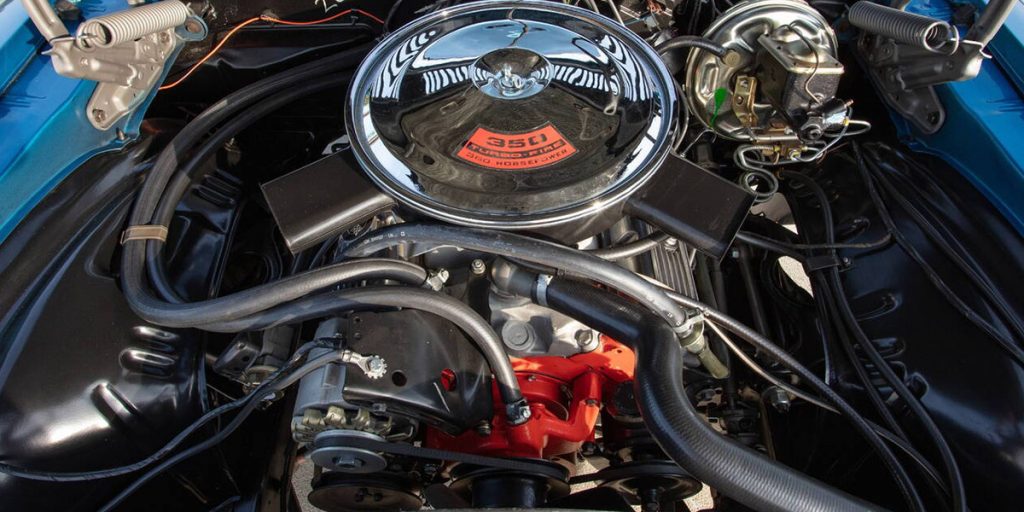
Camaro Engine ID Guide 1967-1981 From 1967 through 1981, the Chevrolet Camaro offered one of the most diverse and legendary engine lineups in American performance
